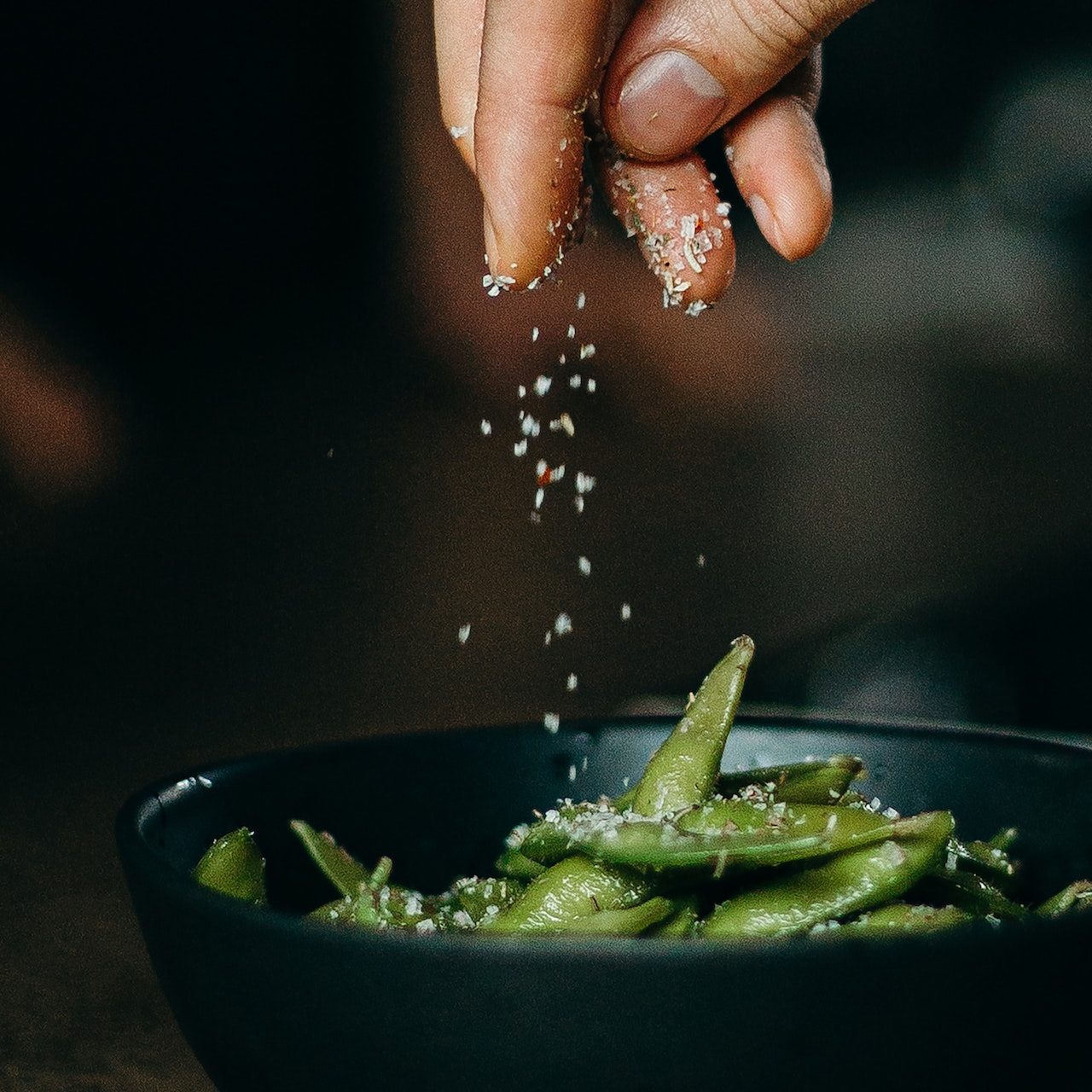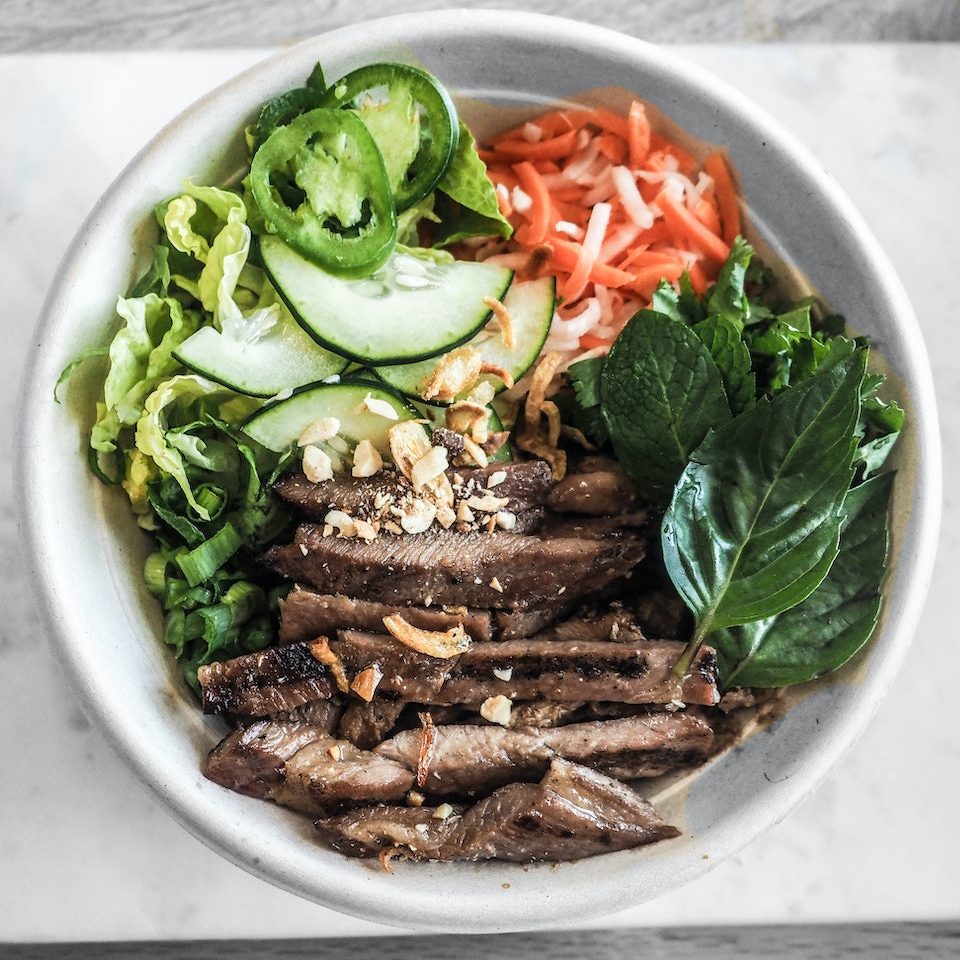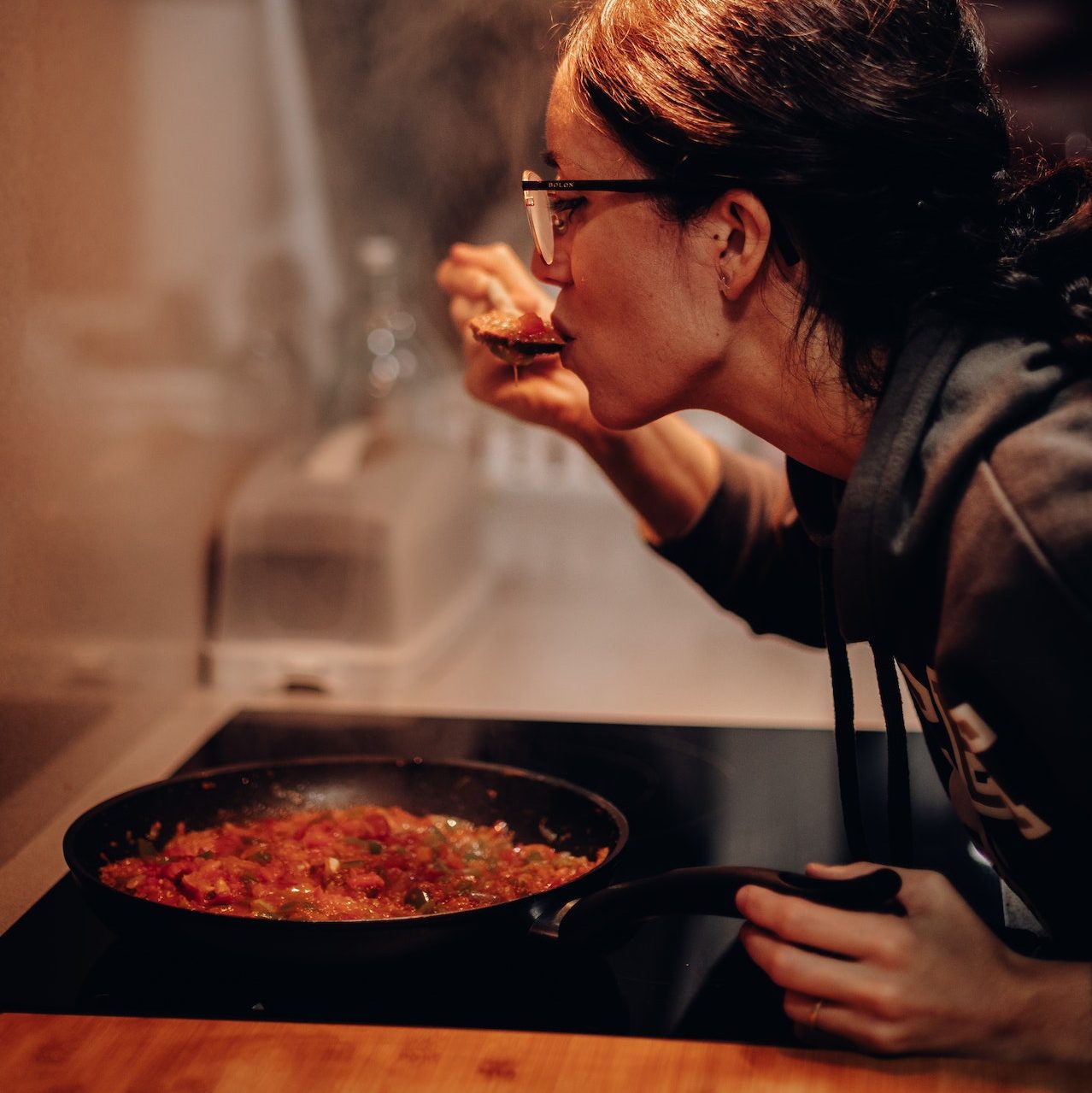Flavor Pairing: The Art of Balancing Tastes
Mastering the art of flavor pairing is a game-changer in the kitchen. Understanding how different ingredients interact and complement each other can take your dishes from ordinary to extraordinary. In this post, we’ll explore the principles of flavor pairing and guide you in creating harmonious and well-balanced flavor profiles in your cooking.

Complementary Pairings: Certain flavors naturally enhance and complement each other. For example, the sweet and tangy combination of strawberries and balsamic vinegar, or the classic pairing of tomatoes and basil. Experiment with complementary flavors to create dishes that sing harmoniously on the palate.
Contrasting Pairings: Contrasting flavors add excitement and depth to a dish. Think about the balance between sweet and salty, or spicy and cooling. For instance, the interplay between caramelized onions and tangy goat cheese, or the heat of chili peppers countered by the cooling effect of coconut milk. Contrasting pairings create a dynamic flavor experience that keeps your taste buds intrigued.
Balancing the Five Tastes: Consider the five primary tastes: sweet, salty, sour, bitter, and umami. Achieving a balance among these tastes is crucial for a well-rounded dish. For example, if a dish is too sweet, adding a touch of acidity or bitterness can bring it back into balance. Experiment with different ingredients and seasonings to achieve a harmonious blend of tastes.

Building Layers of Flavor: To create depth in your dishes, layer flavors gradually. Start with a foundation of aromatics like onions, garlic, or ginger, then add herbs, spices, and seasonings. Incorporate ingredients with varying textures and intensities to keep the flavors intriguing and multidimensional.
Consider Cultural and Regional Pairings: Exploring traditional flavor pairings from different cuisines can open up a world of culinary possibilities. For example, Mexican cuisine often combines the richness of avocado with the heat of chili peppers, while Thai cuisine balances the spiciness of curry with the sweetness of coconut milk. Embrace the flavors of different cultures and let them inspire your own creations.

Remember, flavor pairing is not an exact science but rather a creative exploration. Trust your palate and be open to experimenting with unexpected combinations. By understanding the principles of flavor pairing, you’ll have the confidence to create dishes that excite and delight your taste buds.